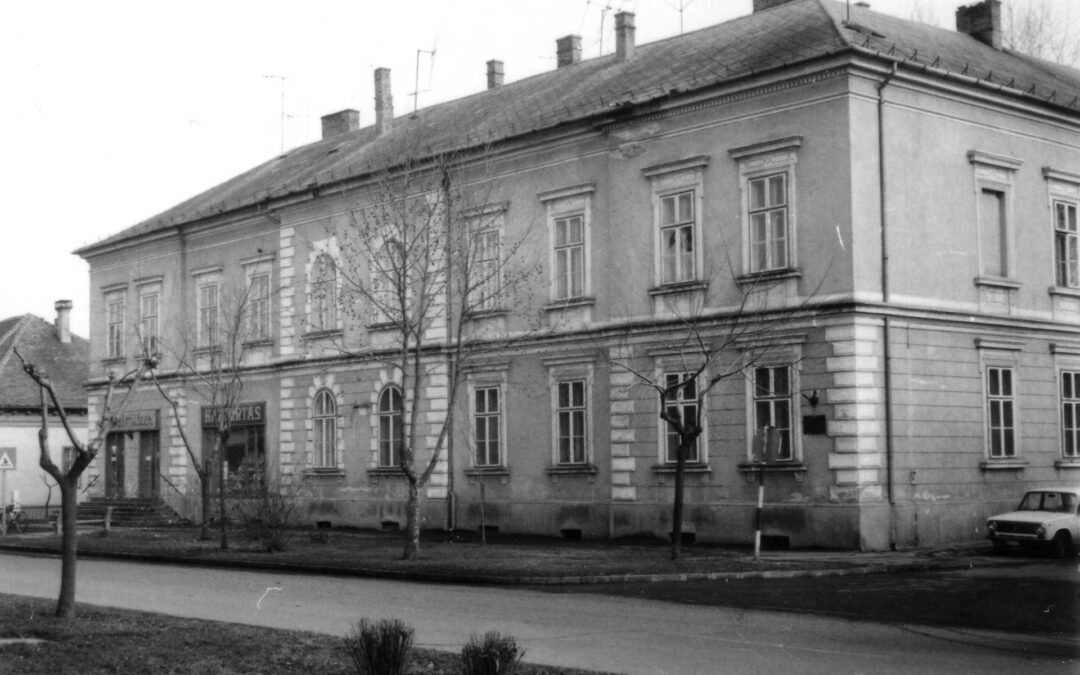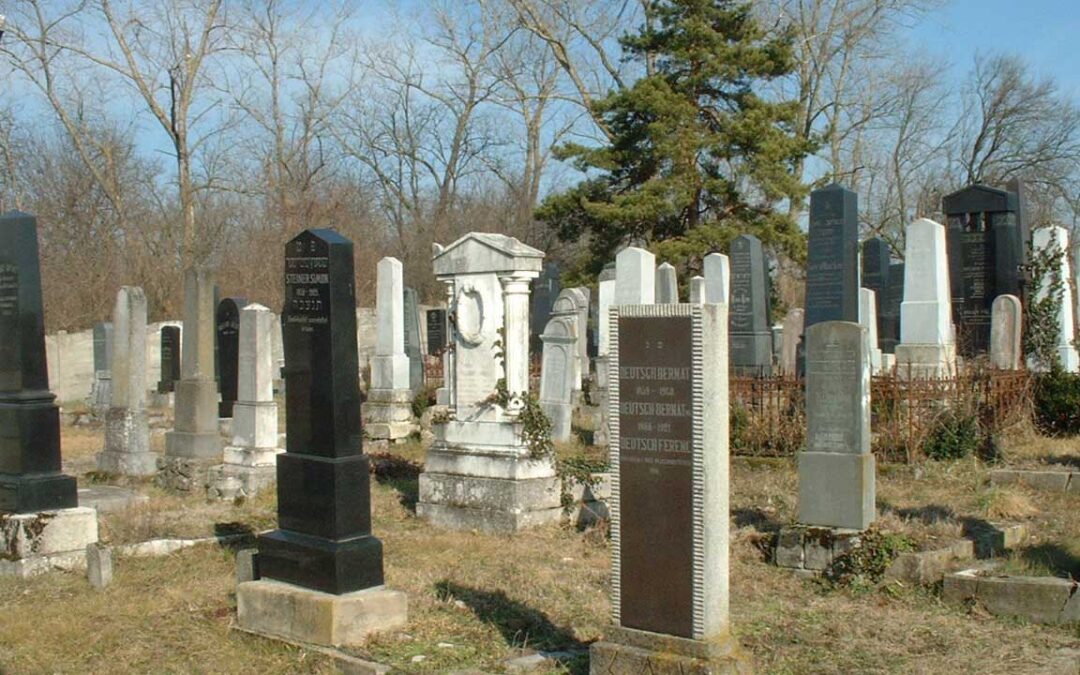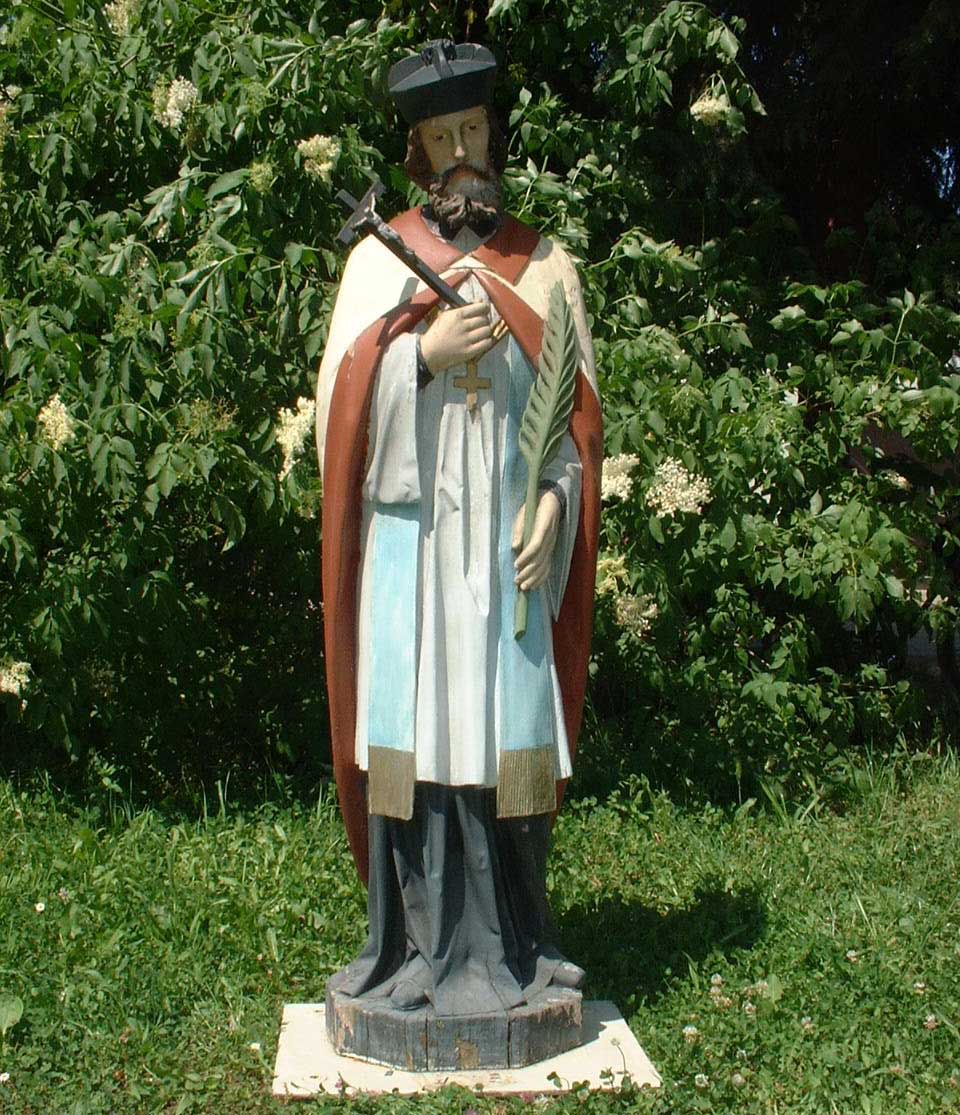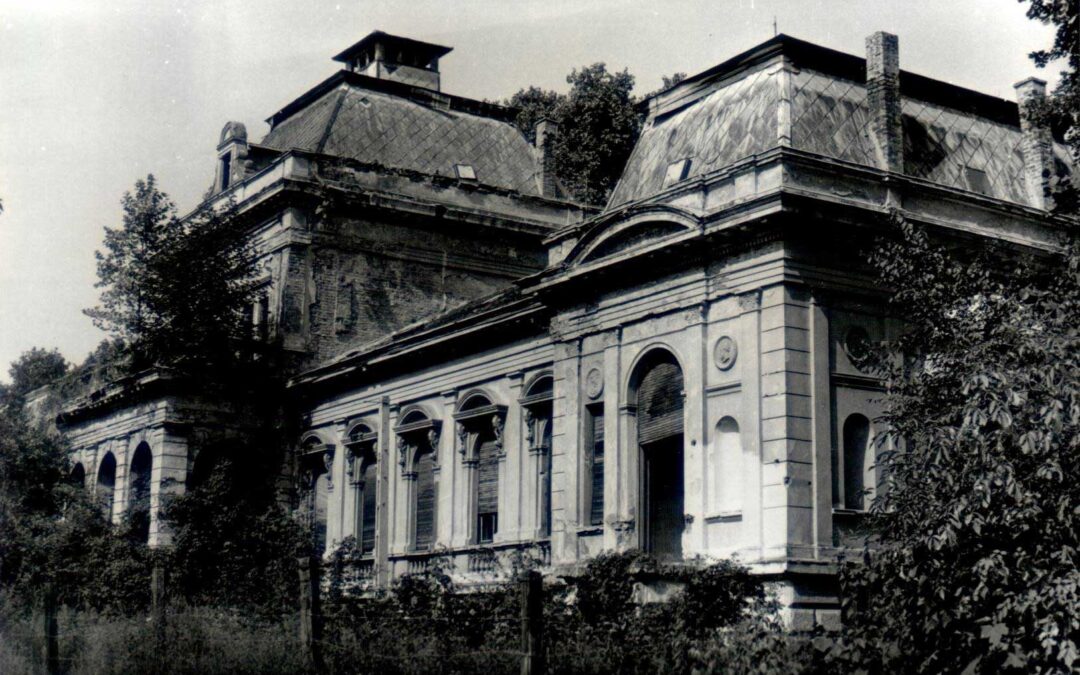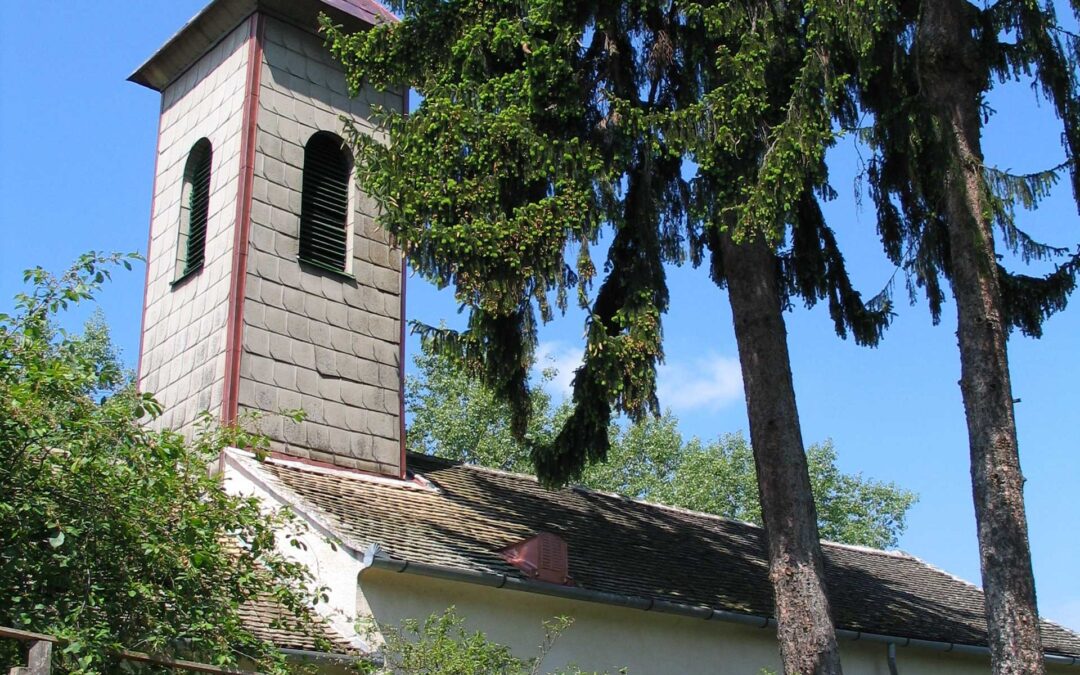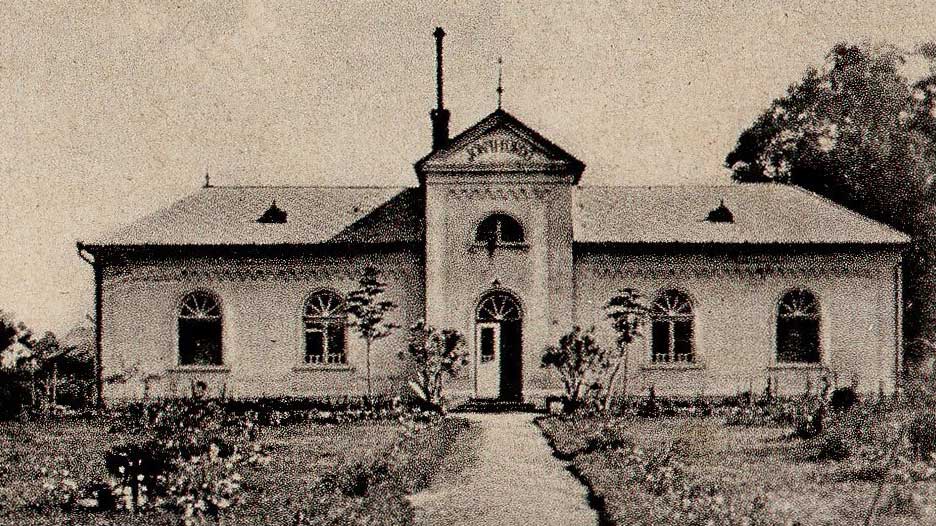The company was founded by Ferenc Breuer in 1878. Its business premises and offices are located in today’s 10 Széchenyi
Historical sites
Israelite Cemetery
The Jewish population of Barcs increased significantly from the second half of the 19th century as a result of the
Széchényi Castle, Somogytarnóca
The Széchenyi Castle (148 years old), built in 1873 by Count Ferenc Széchényi, grandson of István Széchenyi, is under monument
Széchényi Castle, Aranyospuszta
Part of the Aranyospuszta estate was separated from the estate of Tarnóca at the turn of the century as a
Roman Catholic Church
In the 18th century, the Catholic population of Barcs had their masses in the small wooden church built around 1723,
Calvinist Church
The small Calvinist congregation consisted of people moving to Barcs from small Hungarian villages in the 18th-19th centuries.
Pálfalu cross
It is the stone cross in Harangláb Street (Bem Street). The year 1841, engraved on its pedestal but unfortunately plastered
Statue of St. John of Nepomuk
Originally erected by Count Dénes Széchenyi, near the bridgehead of the railway Drava Bridge, to commemorate the flood of 13
Millennium Monument in Barcs
The monumental work of sculptor József Kling was erected in the city centre in 2000.
Statue of Virgin Mary
It is a statue of Mary under a canopy on a columned pedestal at the end of the former Imre
Kremzir Castle
It is located in Barcs-Belcsapuszta, it is a small castle, a manor house. It was built by Károly Kremzir in
War memorial
A monument to Soviet, Bulgarian and Yugoslav soldiers who were killed in the Barcs area during World War II,
Office of the High Sheriff
Barcs became the district seat in 1896. At the same time, preparations for the construction of the High Sheriff’s Office
Evangelical church
In the second half of the 18th century, the first Lutheran believers arrived in Barcs alongside with the German settlers.
Jókai bath
It was founded in the early 1920s by József Dvorszky in Kert Street, at the corner of today’s Semmelweis and
Barcs castle from the Turkish era
After the fall of Szigetvár in 1566, Iskender, the bey of Szigetvár, built a palisade castle in Barcs in 1567.

